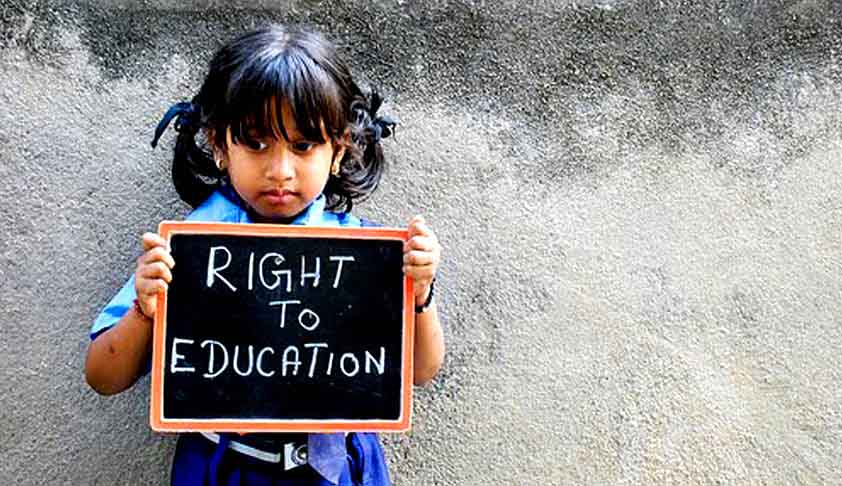Educational equality is one of the most basic yet crucial rights. It creates a fair and progressive society where everyone has the opportunity to realise their full potential. quality in education can help achieve the equitable and unbiased allocation of opportunities, resources, and results, regardless of an individual’s financial circumstances. The idea that all persons should have access to education is supported by the core belief that education is a universal right.
The Right to Education Act is among the fundamental principles of the worldwide movement for educational parity. This framework gives every child the right to free and obligatory education, regardless of circumstances.
It is therefore necessary to understand the Right to Education Act, and also consider the many policies and procedures instituted to deliver universal education and discuss the steps that society must take to attain educational equality.
The Right to Education Act: Historical Context
The Indian government’s recognition of education as a fundamental right was paved with the adoption of the original Constitution. In 2002, the Indian Constitution included the Right to Education as a fundamental right, under Article 21A, which states the state’s constitutional duty to guarantee that every child obtains an education. The legal foundation for guaranteeing educational equality in India was then significantly reinforced with the enactment of the Right to Education Act in 2009.
The Act includes specific rules to promote diversity and increase educational standards and mandates free and compulsory education for all children between the ages of 6 and 14. Unquestionably, the Act has raised school enrollment rates, especially in marginalised populations, which has helped create a more inclusive educational environment. However, to realise the goal of educational equality in India, governmental and non-governmental organisations must continue to strive to find creative solutions to enduring problems, such as the standard of education offered and regional differences.
The Promise of the Right to Education
Several significant elements aimed at changing the educational environment and preserving the values of equity and inclusivity are encapsulated in the Right to Education Act. They include:
Universal Access to Quality Education
One of the core principles of the Right to Education Act is universal access to high-quality education. To raise the bar for education as a whole, the Act proposes actions to improve teacher-student ratios, build systems for ongoing professional development, and upgrade school facilities. The Act aims to guarantee that education is a purposeful and empowering experience that provides students with the information and abilities required for both individual and societal growth by emphasising quality.
Equal Opportunities in Educational Settings
Eliminating discrimination in educational settings is a key priority of the Right to Education Act. The Act’s provisions aim to end differences based on caste, gender, and socioeconomic position and create an atmosphere where all children feel respected and included. This dedication is in line with the overarching objective of developing an educational system that represents the country’s variety and equips students to make valuable contributions to a diverse society. The Act aspires to a time when prejudice will not prevent any student from having access to education and where learning will occur in a setting that values each individual’s identity.
Ongoing Efforts to Enhance Educational Equality
Organisations such as Bal Raksha Bharat (also known as Save the Children) are at the forefront of promoting educational equality. Emphasising children’s overall health, Bal Raksha Bharat implements its initiatives through activities within and outside the classroom. They ensure that children in India have access to a wide range of developmental opportunities, including protection, healthcare, education, and nutrition.
Such non-governmental organisations (NGOs) support a comprehensive approach to total equality by tackling socio-economic difficulties and pushing for policy changes. Save the Children India works to establish a supportive and empowered learning environment for children by involving the community.
The Way Forward
A united call to action is desperately needed as we consider the path towards educational equity. Governments, non-governmental organisations, educators, parents, and society at large must work together to improve how current policies are implemented and come up with new ideas to meet the changing requirements of students.
A more equal and inclusive educational system necessitates constant dedication, financial support, and flexibility in the face of change. This obligation transcends national boundaries, calling for international collaboration to exchange best practices and jointly strive towards a future in which education is a right that is available to everyone. The promise of educational equality can be realised via such coordinated efforts, fostering a more promising and just future for future generations.







